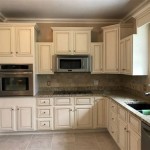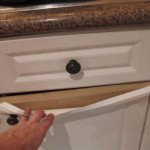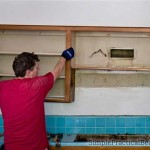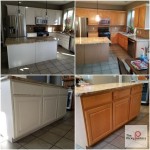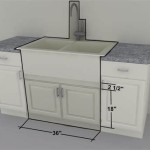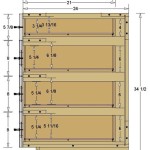What Causes Mould In Kitchen Cupboards
Mould in kitchen cupboards is a common problem that can be caused by a variety of factors. It is important to understand the essential aspects of what causes mould in kitchen cupboards in order to prevent it from occurring. This article will discuss the most common causes of mould in kitchen cupboards and provide tips on how to prevent it.
Mould is a fungus that thrives in moist, warm environments. It can grow on a variety of surfaces, including wood, paper, and food. In kitchen cupboards, mould can be caused by a number of factors, including:
- Condensation: Condensation occurs when warm, moist air comes into contact with a cold surface. This can happen when you open the door to a warm kitchen cupboard on a cold day. The warm, moist air inside the cupboard will condense on the cold surfaces of the cupboard, creating a moist environment that is ideal for mould growth.
- Leaks: Leaks from pipes or appliances can also cause mould growth in kitchen cupboards. Even a small leak can create a moist environment that is ideal for mould to grow.
- Poor ventilation: Kitchen cupboards that are not properly ventilated are more likely to develop mould. This is because the lack of air circulation allows moisture to build up inside the cupboard, creating a moist environment that is ideal for mould growth.
- Storing wet or damp items: Storing wet or damp items in kitchen cupboards can also lead to mould growth. This is because the moisture from the items can create a moist environment that is ideal for mould to grow.
In addition to these factors, there are a number of other things that can contribute to mould growth in kitchen cupboards, such as:
- Type of wood: Some types of wood are more likely to develop mould than others. For example, softwoods, such as pine and fir, are more likely to develop mould than hardwoods, such as oak and maple.
- Age of the cupboard: Older cupboards are more likely to develop mould than newer cupboards. This is because the wood in older cupboards has had more time to absorb moisture and become a suitable environment for mould growth.
- Location of the cupboard: Cupboards that are located in damp or humid areas are more likely to develop mould than cupboards that are located in dry, well-ventilated areas.
By understanding the essential aspects of what causes mould in kitchen cupboards, you can take steps to prevent it from occurring. These steps include:
- Ventilating your kitchen cupboards: Make sure that your kitchen cupboards are properly ventilated by opening the doors and windows regularly.
- Fixing leaks: Fix any leaks from pipes or appliances as soon as possible.
- Storing wet or damp items properly: Store wet or damp items in a well-ventilated area outside of your kitchen cupboards.
- Choosing the right type of wood for your kitchen cupboards: If you are building or remodeling your kitchen, choose a type of wood that is less likely to develop mould.
- Replacing old cupboards: Replace old cupboards that are showing signs of mould growth.
By following these tips, you can help to prevent mould growth in your kitchen cupboards and keep your kitchen clean and healthy.

What Causes Mold In Kitchen Cabinets Find Out Now Upgradedhome Com

Top Potential Sources Of Kitchen Mold The Guy

Damp And Mould In Kitchen Cupboards

How To Remove Mold In Kitchen 100 Doable The Insider

Top 5 Causes Of Black Mold Under Kitchen Sinks Get The Answers

What You Need To Know About Black Mold And Cabinets

How To Find The Source Of Mildew Mold Hometalk

How To Stop Mould In Cupboards

Dehumidifier For Κitchen What You Should Know Before Morris Direct

How To Prevent Mold In The Kitchen Ultimate Guide
Related Posts


